Science Snapshot – Biomarkers
Author: Tierney Baum, PhD, CSNK2A1 Foundation Strategic R&D Consultant
Edited by: Gabrielle Rushing, PhD, CSNK2A1 Foundation Chief Scientific Officer
Identifying new biomarkers for disease has become a bit of a buzzword in research and drug development in the last decade, but what exactly is a biomarker? A
biomarker, which is a shortened form of ‘biological marker,’ is any biological molecule that is an objective measure of a biological process happening in a cell or organism at a given moment. Biomarkers help us improve our ability to monitor, diagnose, and predict disease risk. In this Science Snapshot we will explore different categories of biomarkers and how they can be beneficial in drug development and rare disease research.
What is a biomarker?
Biomarkers are typically found in blood, other body fluids, or tissues as a sign of a normal or abnormal process, or of a condition or disease. They can serve as early warning systems for your health. Some biomarkers can be measured during doctor’s visits (such as blood pressure or weight), others need to be tested in the lab (such as in blood, urine, or tissue), while other biomarkers take a closer look at our molecules and cells by analyzing genes and proteins.
The most important criteria for classification as a biomarker is if it can be measured with
precision,
reproducibility, and
accuracy. A biomarker must be an objective and quantifiable measure. Qualified biomarkers undergo a regulatory process called the Biomarker Qualification Program to ensure they are reliable.
What types of biomarkers exist?
The FDA recognizes seven types of biomarkers: Susceptibility/risk, diagnostic, prognostic, monitoring, predictive, response, and safety. Below we provide descriptions of each type and the graphic provides specific examples.
- Susceptibility/risk – predicts the likelihood that an individual will develop a particular disease or medical condition
- Diagnostic – detects or confirms the presence of an existing disease or medical condition; can provide information about the characteristics of the disease
- Prognostic – in patients who already are diagnosed with a disease, predicts the likelihood that a clinical event in the disease will come back or progress
- Monitoring – a repeated measurement that assesses the status of a disease or condition
- Predictive – helps identify individuals who may experience a favorable or unfavorable effect from a specific treatment or drug
- Response – shows if a biological response has occurred in a patient after a treatment or drug
- Safety – shows if there are levels of drug toxicity in an individual
Types of Biomarkers
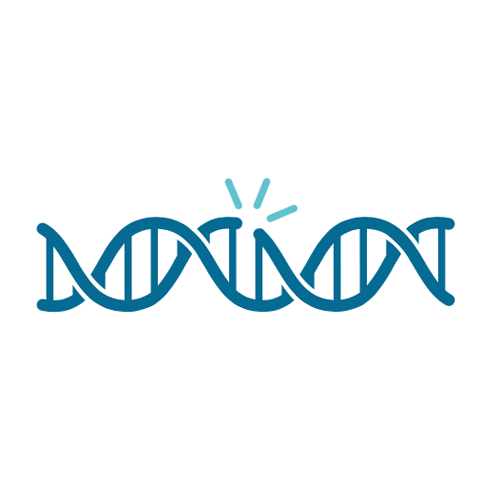
Susceptibility/Risk
Genetic test for mutations in BRCA1/2 genes increasing risk for breast cancer
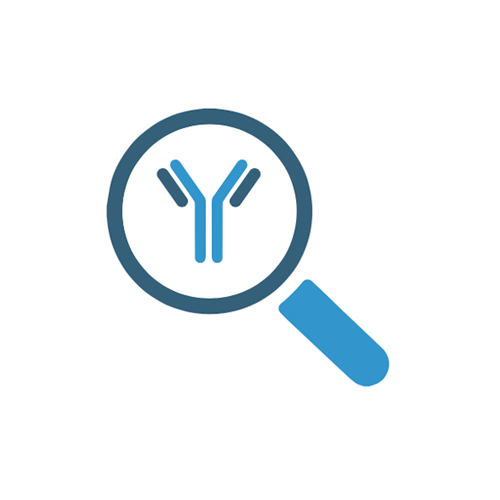
Diagnostic
Measuring Prostate- specific Antigen to diagnose prostate cancer
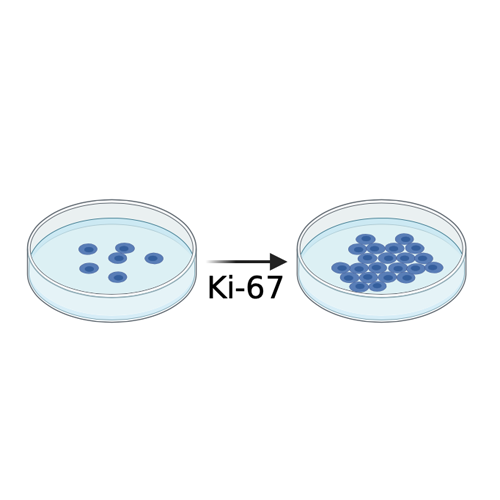
Prognostic
Presence of Ki-67, a measure of cell proliferation, in breast cancer
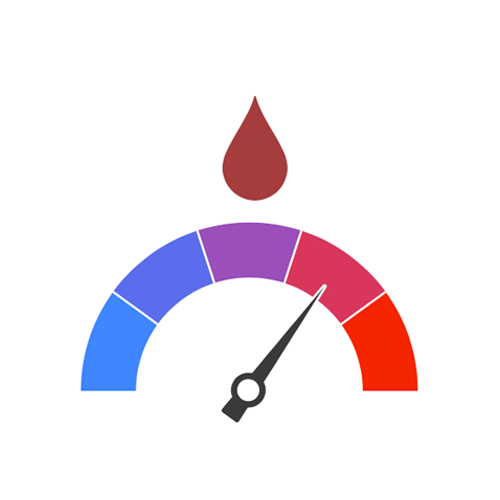
Monitoring
Blood test to measure blood sugar levels (hA1C) in diabetes patients
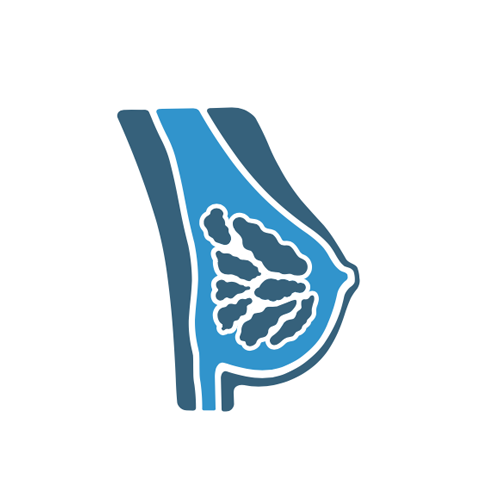
Predictive
HER2-positive breast cancer tumors grow more quickly and can be harder to treat
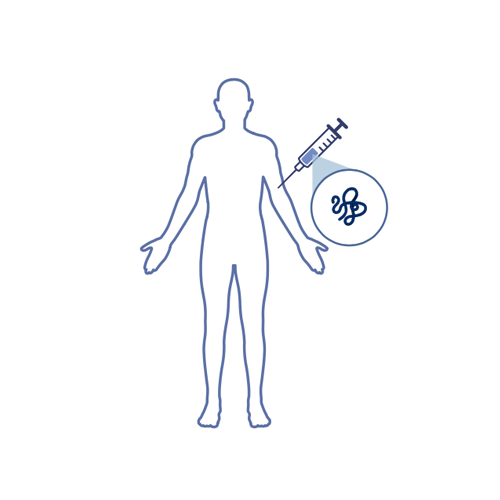
Response
Increase in protein levels in response to gene therapy for spinal muscular atrophy
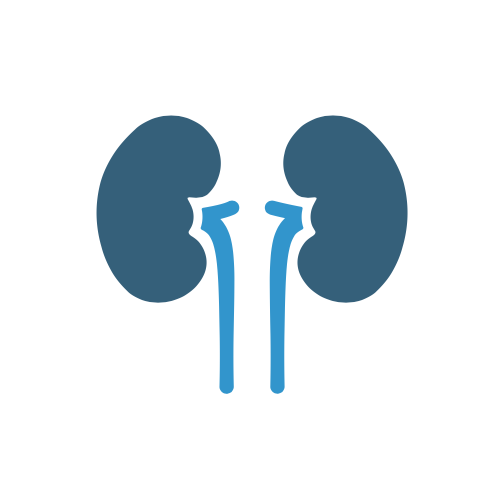
Safety
Kidney or liver function tests to measure if a drug is toxic
Biomarkers & Drug Discovery
Drug development is very challenging and resource intensive, with most clinical drug trials not making it to FDA approval. One common reason is that many diseases have highly heterogeneous patients with multiple subtypes. For example, breast cancer tumors can have high morphological (structural) and molecular diversity despite patients receiving the same diagnosis.
Biomarkers are an essential tool for identifying subpopulations of patients within a disease. By identifying biomarkers more drugs can be developed that target a specific subpopulation of a disease where they are most effective. Biomarker development helps move medicine toward personalized health care by finding the right treatment for each patient.
To date, few reliable biomarkers exist for mental disorders. One reason for this is that typical biomarker measurement requires invasive procedures such as blood or tissue collection, which would be high risk in the central nervous system (CNS). Another reason is the general complexity of the brain’s structure and function, which makes identifying relevant biological markers challenging.
Biomarkers and Rare Diseases
A major challenge of identifying biomarkers for rare diseases is that patients are few in number and geographically dispersed. It is therefore necessary for researchers to collaborate globally to advance knowledge of certain rare diseases. A successful example of international collaboration is from a study focused on identifying biomarkers for the ultra-rare disease called mitochondrial neurogastrointestinal encephalomyopathy (MNGIE), where 20 investigators collaborated across ten countries (Mencias et al., 2021). These researchers were able to identify microRNAs as a possible biomarker that circulates in patient’s blood that could help identify patients with MNGIE.
Rare diseases can be difficult to diagnose due to the underlying biology not being well understood and/or clinicians not being familiar with the disease symptoms. Developing biomarkers for rare diseases that can be easily tested removes subjectivity and increases the accuracy of a diagnosis. Identifying reliable biomarkers can also be a way to speed up research for rare diseases because they can be used to monitor progression, prognosis, and responses to drug treatment.
References
Kraus VB. Biomarkers as drug development tools: discovery, validation, qualification and use. Nat Rev Rheumatol. 2018 Jun;14(6):354-362. doi: 10.1038/s41584-018-0005-9. PMID: 29760435.
Mencias M, Levene M, Blighe K, Bax BE, On Behalf Of The Project Group. Circulating miRNAs as Biomarkers for Mitochondrial Neuro-Gastrointestinal Encephalomyopathy. Int J Mol Sci. 2021 Apr 1;22(7):3681. doi: 10.3390/ijms22073681. PMID: 33916195; PMCID: PMC8037498.
https://www.atlasantibodies.com/knowledge-hub/blog/7-types-of-biomarkers/?language=en
https://www.fda.gov/drugs/biomarker-qualification-program/about-biomarkers-and-qualification
